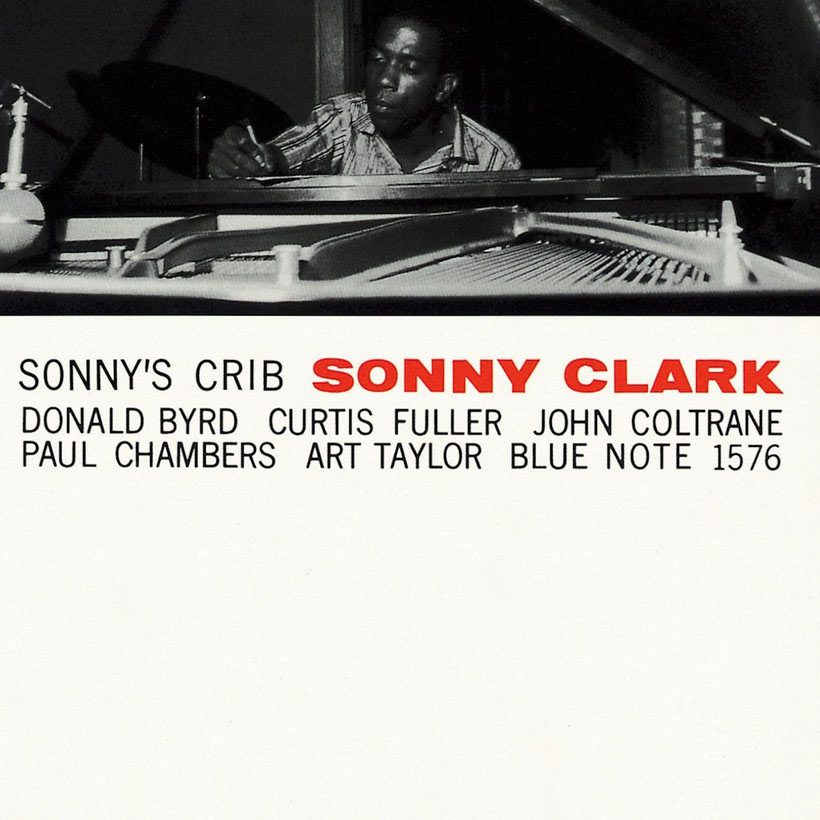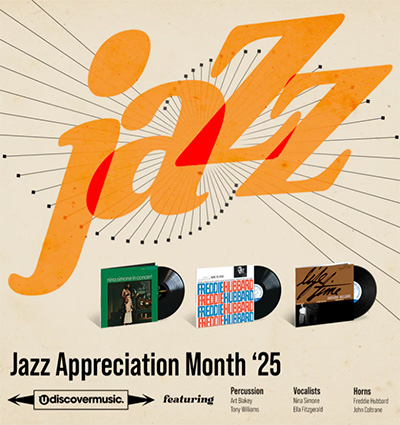‘Sonny’s Crib’: How Pianist Sonny Clark Made His Home At Blue Note
His second album for Blue Note, ‘Sonny’s Crib’ established the short-lived pianist as an in-demand giant in the jazz world.

Located 23 miles southeast of Pittsburgh, Herminie might seem like a small, unassuming Pennsylvanian coal mining community, but it gave the world Sonny Clark, a bona fide giant of jazz piano. Born on Friday, July 31, 1931, he was baptized Conrad Yeatis Clark and, for a few fleeting years, between 1955 and 1961, he was a prolific recording artist for Blue Note Records in New York, laying down classic albums like Sonny’s Crib, Cool Struttin’, and My Conception. But his time in the spotlight was painfully brief; the pianist died from a heroin overdose on Sunday, January 13, 1963. He was 31 years old.
Listen to Sonny Clark’s Sonny’s Crib now.
Drawn to the piano as a boy and possessing a natural facility for the instrument, Clark, who was the youngest in a family of eight children, began playing in a local hotel while still in elementary school. He started his professional music career in 1951 after visiting an aunt in California, where he joined the band of saxophonist Wardell Gray. He later played with noted bassist Oscar Pettiford and also worked as a sideman for bebop clarinetist Buddy DeFranco (with whom he recorded five LPs and toured Europe) as well as joining the ranks of bassist Howard Rumsey’s West Coast group, Lighthouse All-Stars.
After six years in California, Clark returned to the East Coast in early 1957, and was soon in demand as a sideman, initially as an accompanist for singer Dinah Washington, and then on a recording session for Sonny Rollins. Distilling the innovations of Bud Powell and Thelonious Monk to create his own bebop-influenced style, Clark attracted the attention of Blue Note’s boss, Alfred Lion, after impressing on a June ’57 session for saxophonist Hank Mobley. Lion then gave the pianist his first shot at leading a recording session under his own name a few weeks later, in July of that year, when he recorded his debut album, Dial “S” For Sonny, which immediately established Clark as a hard bop pianist of the first order.
By the time that Clark went back into Rudy Van Gelder’s Hackensack studio to record his second album for Blue Note – on September 1, 1957, when he laid down the tracks for what became Sonny’s Crib – the pianist had racked up several other sideman sessions for the label, including another one for Hank Mobley.
The recording of the album
On Sonny’s Crib, Clark opted to use the sextet format that had worked so well on his debut album, though only trombonist Curtis Fuller remained from that session’s line-up. In came Donald Byrd on trumpet, John Coltrane on tenor saxophone, Paul Chambers on bass, and Art Taylor on drums. With a reborn, revitalized Coltrane on board, it was an impressive line-up (earlier in the year, Trane had been fired from the Miles Davis Quintet for unreliability due to drug addiction, but, by September, had quit heroin for good; in late ’57, however, he was re-establishing himself as a major force in jazz).
Three of the album’s five tracks are standards. The opener is a swinging take on Rodgers & Hart’s “With A Song In My Heart,” while a jaunty reading of Kurt Weill’s “Speak Low” is propelled by an infectious Latin groove, with Coltrane taking the first solo and displaying his absolute mastery of the tenor saxophone. A wistful take on Harold Arlen and Johnny Mercer’s mournful ballad “Come Rain Or Come Shine” shows the sextet in a reflective mood, with Fuller’s resonant trombone particularly effective.
For side two of Sonny’s Crib, Clark reserved two long self-penned tunes. The first is the title song, a classic piece of unadulterated hard bop where the “head” theme draws on “amen” cadences from African-American church music. It then eases into a midtempo swing groove which allows the soloists to stretch out. First in line is Coltrane, who delivers a typically robust but fluid “sheets of sound”-style solo.
Closing the LP is “News For Lulu,” another uptempo piece with Latin inflections that is distinguished by adroit ensemble work and stellar solos. Fittingly, Clark leads the first solo on this final track, which reveals his lean melodic style and right-hand melodies that are almost horn-like in their phrasing.
The album’s reception and legacy
After Sonny’s Crib, Sonny Clark recorded six more sessions as a leader for Blue Note, including, a year later, what many critics perceive as his definitive album: Cool Struttin’. Always in demand, Clark also played as a sideman on a slew of sessions for the label, including albums by Lee Morgan, Jackie McLean, Stanley Turrentine, Grant Green, and Dexter Gordon.
Though diminutive in terms of his height (he stood only five foot, five inches), Sonny Clark was undoubtedly a man of substantial stature in the jazz world. He might have achieved even greater things had he lived longer, but as it is, Sonny’s Crib is a classic album that ensures that both his music and talent can be appreciated by future generations.














